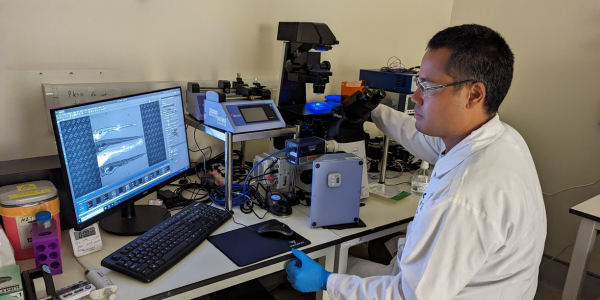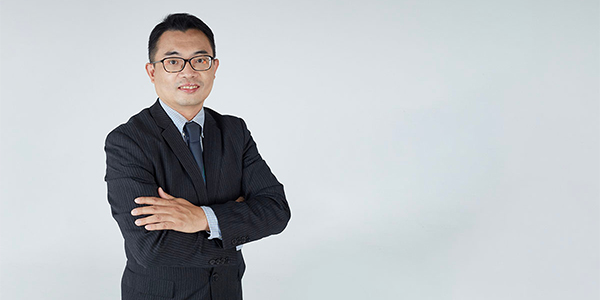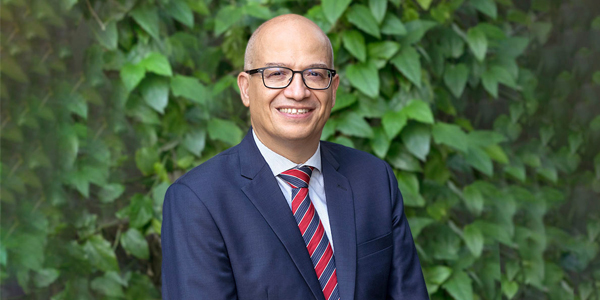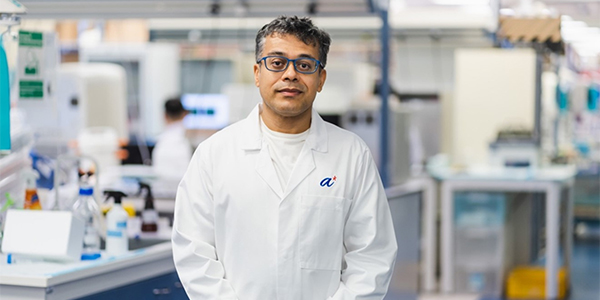FACES OF A*STAR
Applying Systems Engineering to Urban Systems Modelling and Simulation: A*STAR Systems Engineering Communities of Practice (CoP)
Launched by A*STAR CEO Frederick Chew in May 2022, the A*STAR Systems Engineering Community of Practice (CoP) was established to drive the adoption of systems engineering methodologies and best practices, especially for multidisciplinary R&D projects, across A*STAR entities. Creating a critical mass of systems engineering talent and professionals in A*STAR is one of the key success factors for this initiative.
Read to find out more about our member, Nasri Bin Othman, and how he makes a difference by applying Systems Engineering knowledge into his work in A*STAR’s Institute of High Performance Computing (IHPC).
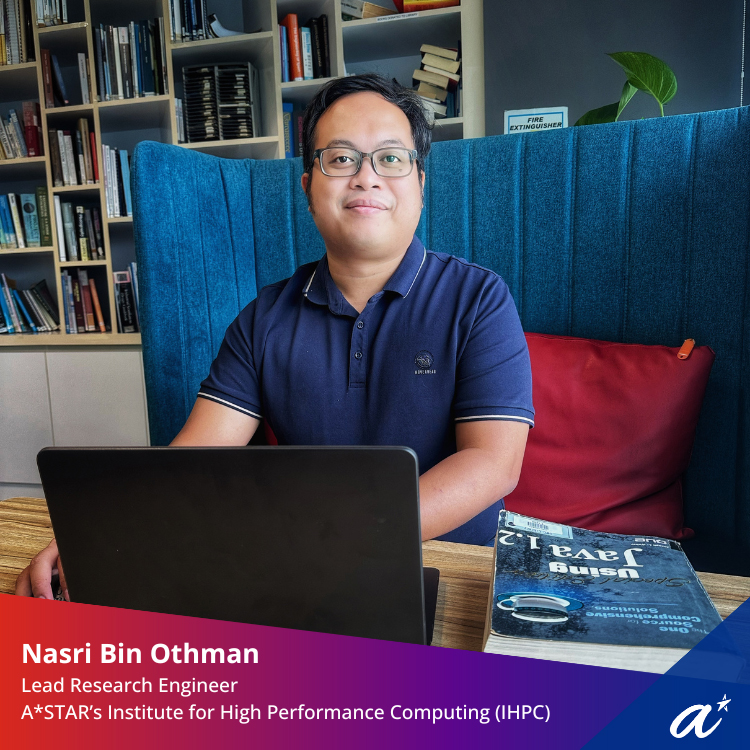
When the MRT system first launched in Singapore in 1987, infrastructure planning was relatively manageable due to the limited number of initial lines. As the MRT system dramatically expanded over the next thirty-five years, a systems engineering approach became necessary to address complex issues such as disruptions, capacity surges, and determining the locations of future interchanges.
Nasri's work in modelling and simulation, on his way to a B.Eng. in Computer Science at Nanyang Technological University (NTU), made him a perfect fit for the simulation work the A*STAR’s Institute of High Performance Computing conducts for multiple urban system projects, in collaboration with multiple partner government agencies.
His first project at IHPC involved building an agent-based simulation prototype of the MRT system to optimise scheduling, accessibility, and resiliency given the system's constraints. Nasri said, ‘‘When you have a very dense MRT network, it becomes extremely complex. What is needed is a comprehensive computational approach, and as engineers, we run simulations to identify the network configurations that result in maximal system throughput, minimise operational costs, and limit inconvenience for passengers."
A follow-on project, called Singapore Urban Multi Modal Integrated Transport (SUMMIT), involved the creation of a multi-modal integrated transport simulation tool that integrated trains, buses, and public taxis. Where his first project revolved around an isolated system, this was a true systems engineering project because it required the integration of three simulated systems and the management of the resultant complexity arising from the interactions of those systems. SUMMIT is now a policy planning software tool that can be used to test the MRT's resilience and performance under different scenarios including population increases and disruptions.
Nasri and his team are currently working on a Next Generation Electric Vehicle (NGEV) simulator that will enable agent-based simulations for use by the multiple teams working on different EV-related projects within IHPC. EV technology is highly disruptive and transformative globally, and in addition to representing a huge growth opportunity, requires a national-level strategy in Singapore to support the electrification of all vehicles. Simulation is an essential tool to evaluate and assess EV strategy and planning, and the NGEV simulator will provide a common platform for development, eliminate duplicative work within IHPC, and simulate the integration of intelligent transport and smart grid systems.
A founding member of the A*STAR Systems Engineering Community of Practice (CoP), Nasri said that he didn't really have a systematic way of conducting projects before becoming involved with the CoP. He developed timelines and project requirements, but workflows were not standardised, and the overall framework and processes were not codified. As a result, for complex projects, there was a risk that collaborating teams might narrowly focus on a limited set of scenarios during development, only to arrive at a future point where integration with other teams' work could become difficult.
He said, "Systems engineering is a very broad discipline with many communities around the world. It's very beneficial to incorporate systems engineering into A*STAR's working practices, including development models (such as the V Model in systems engineering) that help to clearly organize workflows so that complex projects can be executed well." In addition to attending courses through the CoP, he had the opportunity to organise events and develop materials that help to contextualise systems engineering for members. Importantly, he sees the CoP as critical for the dissemination of individual engineers' learning,tools, and practices to the sizable engineering community within A*STAR.
During his downtime, Nasri likes to take nature walks at the parks in Singapore, and he recently explored Mount Batur in Bali. He finds that the tranquillity that comes with walking in nature, particularly with friends and family, is great for relieving stress. He is also a fan of video games. In his early days, Nasri enjoyed simulation games that allowed for the modification of, or tinkering with, the game's world and that fostered his interest in using simulations to tackle real-world problems. In closing, he said, " Games are a great way to relax, to stimulate your mind, and to connect with new people. In my case, I found my wife through gaming."
Was this article helpful?
A*STAR celebrates International Women's Day

From groundbreaking discoveries to cutting-edge research, our researchers are empowering the next generation of female science, technology, engineering and mathematics (STEM) leaders.
Get inspired by our #WomeninSTEM

